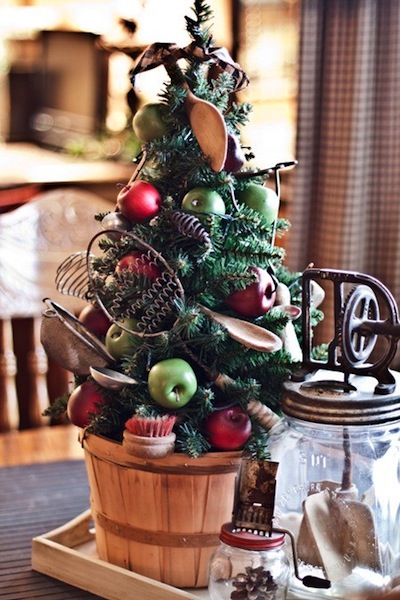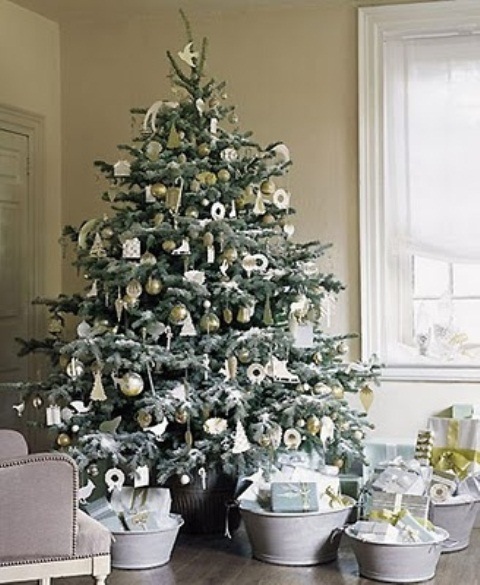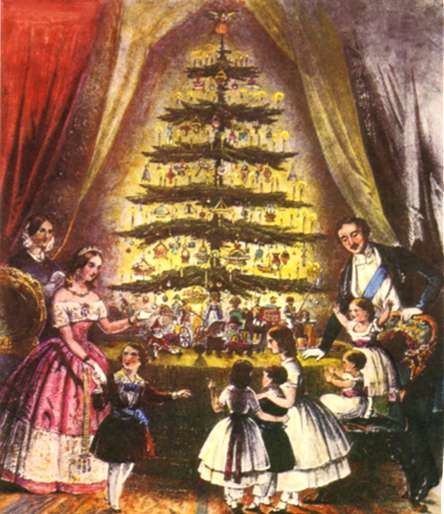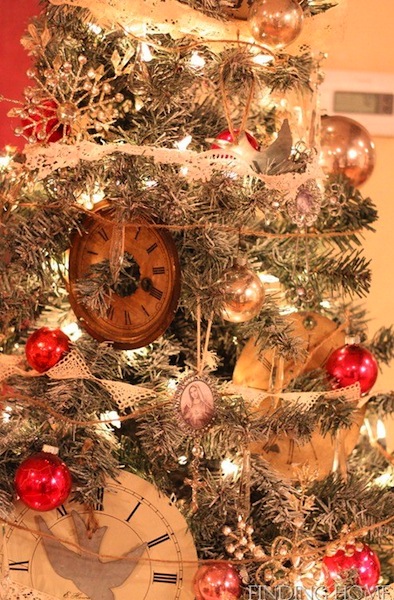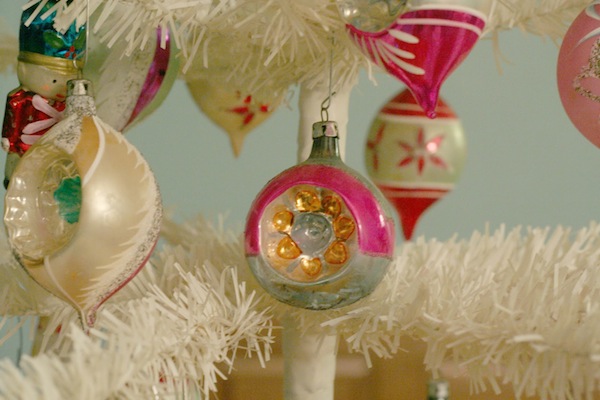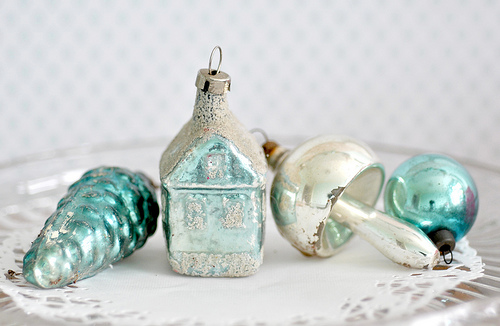How to create a magic Vintage Christmas this year?
The end of the year is coming with the Festive Season. One of my favourite!
I would like to talk about Christmas. How to create a Vintage Christmas this year in and outside your home.
At first, we can start by the story of the Christmas tree, how to choose your Christmas tree and how to decorate it, with the 15 best Vintage Christmas tree!
Then, its lights, remember about all those vintage ones. just as a “souvenir” I will show you the 10 most amazing vintage lights.
Don’t forget your Christmas table decoration, with lovely centerpieces. I will tell you everything you need to have an authentic Vintage look. You will find the 10 best Vintage table decoration.
What would be Christmas without presents? Let’s wrap them with a complete Vintage look. You will be amazed by what we can use to make them Vintage…
It’s getting cold, but don’t forget to add a Vintage Christmas look even outside to welcome your family and friends.
I will also talk about the Nativity Scene and its own story without forgetting the “Santons”, famous French nativity characters. And because I’m French, I can’t avoid talking about the French Christmas Market in Alsace, called “Marches de Noel” which are now worldwide known.
As a card lover, I will show you dozens of Vintage cards and Christmas commercials that will remember you some “souvenirs” I’m pretty sure!
So stay with me until Christmas, you won’t be disappointed!
Have a fantastic Magic Vintage Christmas!
Let’s start with the Story of the Christmas Tree:
The Celts considered December 24th as the day of the revival of the Sun. They used to associate a tree with every lunar month; they had dedicated the spruce, which was “The Tree” of the childbirth, to this day.
In the XIth century, the believers were in the habit of presenting scenes called Mysteries. A fir tree stocked with red apples often symbolized the Paradise tree. It is in 1521 when the fir tree or the Christmas tree or Christ tree was mentioned for the first time in Alsace (France). There are also documents giving some evidence of a holiday of December 24th.
In the XIIth century the tradition of the fir tree appears in Europe, in Alsace. We speak then of decorating houses with branches cut 3 days before Christmas.
It was spread in Alsace and in the region of Basel. It represented originally the Tree of Eden in the mysteries played the day before Christmas on the edges of the Rhine.
To decorate it, we attached apples to its branches.
There are also documents giving some evidence of a holiday of December 24th 1510 in Riga, in Latvia, where traders danced around a tree decorated with artificial roses before burning it.
In 1546, we speak seriously about Christmas trees when the city of Sélestat in Alsace (France) authorizes to cut green trees for Christmas, during the night of Saint Thomas, on December 21st. Symbol of the virgin, roses were a member of the outfit of decoration to adorn fir trees in Alsace in the XVIth century, as well as apples, candy and small cakes which looked like hosts. Apples also had a symbolic value, because on the old Saints calendar, December 24th was reserved for Eve and Adam, canonized by the oriental Churches. At that time, the church considered the Christmas tree as a heathen and freemason practice. And it is the case until the middle of the XXth century.
In fact, before the Christmas celebration exists, there was already a heathen rite during Winter Solstice Festivals: we decorated a tree, a symbol of life, with fruits, flowers and wheat.
Later, we hung on a star at the top of the tree, the symbol of the star of Bethlehem, which guided the Three Kings. From then on, it conquered little by little the Protestant municipalities of North Germany and the big cities and occupied a place of choice in the churches of both religions.
An engraving of 1806 represents a fir tree decorated with small characters, animals, birds and cut cakes.
In 1560, at the time of the reformation, the Protestants refuse to represent the Nativity scene as Catholics. They prefer to develop the tradition of the Christmas tree, the tree, which symbolizes the paradise of Adam and Eve and the knowledge of the good, and the evil.
The tradition of the Christmas tree spreads in the Europe Protestant’s countries, in Germany and in Scandinavia.
In the XVIIth and XVIIIth century we begin to see first illuminated fir trees.
As the wax was expensive, we placed cockleshells filled with oil on the surface of which a small drill floated or flexible candles which were tied around branches.
It is in the XIXth century that the Christmas tree takes its development.
The Christmas tree arrived in Great Britain in the 1840s. Young Queen Victoria and her husband King Albert made it appreciate in all the country. The spouses put the German Christmas tree with its brilliant lights in the centre of the family’s Christmas party in Windsor Castle.
It made then its appearance in the United States to the White House. In France, Marie Leszcynska, wife of Louis XV in 1738, introduce the Christmas tree in Versailles. In 1837 Hélène of Mecklenburg, duchess of Orléans and German origin made decorate a fir tree in the Tuileries. This tradition became widespread after the war of 1870 in all the country. The immigrants of Alsace-Lorraine widely make the tradition of the fir tree known to the French “Where there is an Alsatian family there is a Christmas tree”. At the end of the XIXth century all the country had adopted it.
It is from 1880 that we start to see the first electric bulbs in the United States. They were very rare as the cost was really expensive at that time.
Christmas Tree Ornaments
Until 1950s it is Germany and Eastern European countries that remain the heart of production of the ornaments of art.
Craftsmen worked numerous materials as the blown glass, spun, moulded, the metal, the wax and the wood. We also made small cotton characters, metallic angel-hair pasta (from Lyon-France). The Christmas baubles that decorate fir trees was born in Meisenthal (Moselle).
Traditionally, we hung on it apples but in 1858, the winter was so rigorous, there was no more apples. A craftsman glassworker had the idea to give all the same a little of enjoyment to the party to create balls representing an apple and other fruits.
The Christmas bauble was born
And if you want more Vintage Christmas ideas, don’t hesitate to have a look at my Pinterest Board here, you will find more than 600 Vintage Christmas ideas!
And here you will find all my post about Vintage Christmas!

